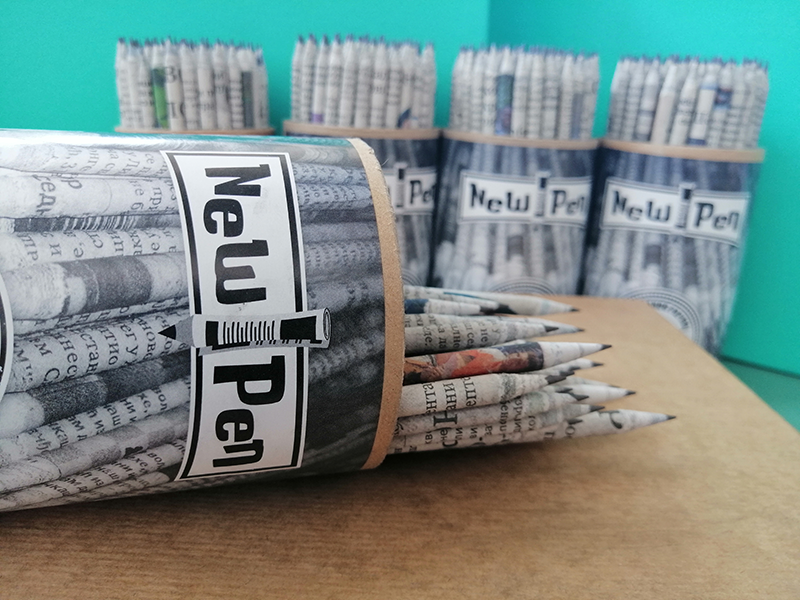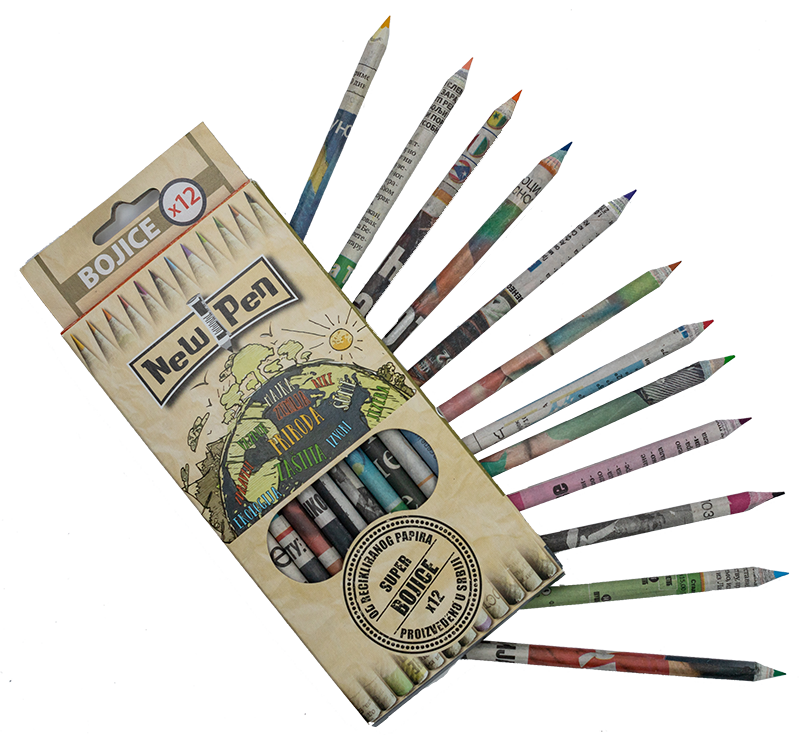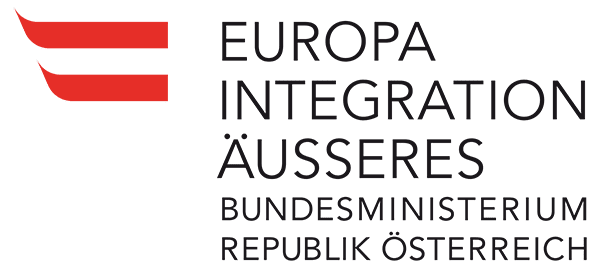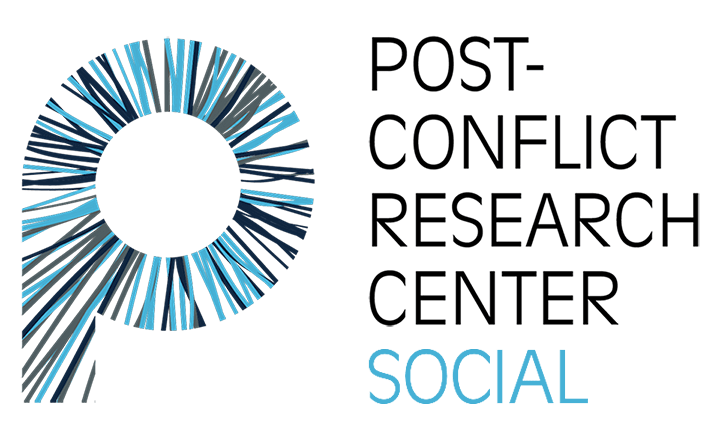
Combining sustainability, functionality, ecological value, and environmental protection, the Marković’s from Smederevska Palanka, Serbia, started the company NewPen seven years ago.
Their pencils and crayons are created through upcycling – a process in which waste materials are given a new purpose. This idea has opened the door to the foreign market for them.
It all started in 2018, when, after having worked in the catering and playhouse business, the Marković couple decided it was time for a change. They watched the film “The Odd Life of Timothy Green,” in which one of the main characters works in a pencil factory. Not long after, a documentary about the Faber-Castell pen factory aired on National Geographic. It was then that they came up with the idea of producing pencils—especially since no one in Serbia was doing it.
They began researching the process of manufacturing ordinary pencils and searching for the right machines. After learning that pencils are already made from recycled paper in China and India, they were inspired to follow the same path. In 2019, they imported machines from China and, after figuring out how to operate them, started producing pencils that same year. However, they faced numerous challenges.
Finding the Right Materials
Dragan Marković, CEO of NewPen, recalled that their first problem was finding the right glue. The machine manufacturer recommended a resin-based glue used in China, but the Marković couple didn’t want to use it because of its unpleasant smell. They were also concerned that it posed health risks, as children often chew on pencils.
They also needed to find quality paper. “Some newspapers look fine at first glance, but later it turns out they aren’t durable enough,” explained Marković. He noted that they eventually solved another technical problem by making their own pencil sharpener, since automatic office sharpeners often break down.
By the summer of 2019, they were satisfied with their product and sent the pencils for testing to the Institute of Public Health in Belgrade. The results confirmed their quality. They then distributed samples to their child, other children, and friends. When they received enthusiastic feedback, they knew they were on the right track. “The happiness we felt when we made the first pencil was out of this world. That’s actually what kept us going,” Marković said.
These pencils are made from paper, graphite, and glue. The paper comes from Politika newspapers, the only one they found suitable in terms of quality. They use a corn starch-based glue, which has proven exceptionally effective, while the graphite is imported from China.
“We start with a small amount of paper and also buy unsold newspapers, which must be clean and undamaged. We unfold them, pack them, and prepare them for cutting. The paper is cut into strips of the appropriate width so that each pencil is seven millimeters thick. Then, we glue the graphite to the paper by hand – each pencil requires one piece of graphite and one paper. Semi-automatic machines roll the pencil, and instead of industrial ovens, we air-dry them. Then, the pencils are cut to the standard length of 17.5 centimeters and undergo quality control before finally being packaged,” Marković explained.
Tomato stem paper
The quality of NewPen’s products is confirmed by the many international partnerships they have established. In 2020, Marković attended the Paperworld fair in Frankfurt, where he met Karl Kallinger, then the owner of KALLILA Sales Innovation KG. Kallinger liked their products, which led to the signing of a contract that March, making him their representative for Western European markets, including Germany, the Netherlands, and Austria. Although the COVID-19 pandemic slowed progress for the next two years, it did not stop NewPen from later continuing to establish new business relationships in other countries.
One notable partnership was with the Institute for Pulp and Paper in Ljubljana. “They produced paper from tomato stems, and together, we made crayons. The Institute also made a coloring book that was distributed through the Ljubljana Botanical Garden. Additionally, a Slovenian marketing company that made McDonald’s advertisements provided the Pulp and Paper Institute with old McDonald’s billboards, from which they made paper and NewPen made crayons,” said Marković.
NewPen has also participated in numerous competitions with outstanding results. “In June 2021, under the auspices of the Trag Foundation, we participated in the ‘Green Ideas’ competition and won second place. In October that year, we won first place in the regional ‘Green Ideas’ competition organized by the Balkan Green Foundation. At a competition last year, the United Nations Development Program and the European Union recognized NewPen, and we received a prize of $10,000,” said Marković.

Compared to wooden pens, NewPen’s products last significantly longer. According to Marković, children use the pencils most often, while mothers are the main buyers. In addition, socially responsible companies and non-governmental organizations often buy pencils to give away through various projects. The company has also started partnering with other firms, including one from Austria, and many businesses now buy NewPen products to give to employees on special occasions like company anniversaries. Marković points out that in February they had a positive conversation with the general manager of Cassia for Europe, who expressed his enthusiasm. “Their impressions were really positive,” he added.
Looking ahead, NewPen plans to develop eco-friendly products. These include pencil cases made from used clothing, developed in cooperation with the Women’s Center of Užice, as well as dual-color erasable colored pencils and matte pencils from HB to 12B.
As Marković says, the production of pencils is “a business for generations,” because it is based on upcycling and connects environmental responsibility with concrete action, making this business sustainable in the long run. “Because we do what we love, we consider ourselves successful. I sincerely hope that our story will inspire others who have an idea—especially if that idea can grow a business that contributes to the preservation of environment,” concluded Marković.






